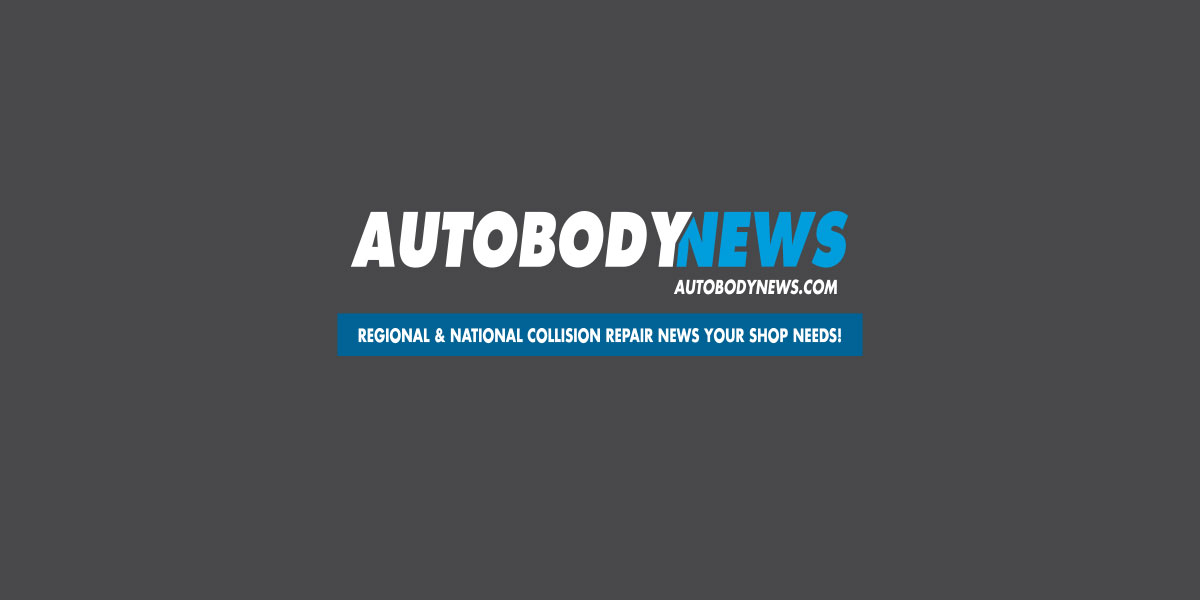At last November’s SEMA, I had the honor of moderating a session featuring representatives from a number of automakers.
The subject came up of the detailed safety inspections most automakers call for being done on vehicles that have been in a collision.
In many cases, these inspections require a lot: measuring the steering column, checking seat belt anchors, inspecting wiring and connectors, removing the dash to check the knee bolsters and mounting points, etc.
During the discussion, Nicole Riedel of Subaru of America was asked if the detailed, labor-intensive safety inspections that her company---like many other automakers---call for really must be done on every vehicle undergoing collision repairs.
“Every time,” Riedel emphasized. “Even if you are in New York City and vehicles are just getting sideview mirrors clipped, you still have to do it (after those repairs.) We will not deviate from that procedure…We need you to do it every single time.”
I think it’s critically important that shops research on every job what safety inspections the particular automaker is calling for, to educate themselves, their customer and, if necessary, any insurer involved.
I’m getting a lot of calls from both shops and insurance companies about these safety inspections. In some cases, the educated shops that recognize the need to do them are being told by a third party that a dealership or an OEM-certified shop says the inspections are not necessary.
My message to you, is that you, as a professional--whether a shop or an insurer---need to understand that whatever an uneducated dealer or shop thinks does not negate the need to follow the OEM procedures, nor remove you from the liability for not doing so.
I think too few shops in the industry are doing these inspections, and that makes it tougher for the shops trying to do the right thing.
There are generally very sound reasons why the post-crash safety inspection steps are so important.
One automaker explained to me, for example, that measuring the steering column is necessary because that column contains collapsible plastic bushings. If those bushings are collapsed, the steering column needs to be replaced. There’s no other way to know that without measuring it.
A vehicle scan isn’t going to tell you if those bushings are collapsed, or if a dash or sensor bracket or seatbelt mounting point is damaged. That all requires a visual inspection.
So first and foremost, my message here is that you need to be doing these inspections whenever they are called for under the automaker procedures.
I was in a meeting recently with about 30 other industry professionals where one person shared that of 10 steering columns he’d inspected for one particular domestic automaker, three were damaged.
Another said his shop had just removed a headliner and found a supplemental restraint system senor had been dislodged.
Wow. Think about what may have happened if those issues were not found. The result in a future accident could have had disastrous consequences.
But I also have a message for the industry as a whole and for the automakers in particular: We need to develop more clarity on this subject, if only to remove the friction I’m seeing.
I salute the automakers looking for creative solutions that reduce the need for the invasiveness of some of these inspections.
One OEM, for example, has put a sight glass in the steering column underneath the airbag cover. If you look through that sight glass and see a particular marking, that tells you the steering column has collapsed and needs to be replaced. If you don’t see the mark, you’re good to go. That’s an easier, less labor intensive solution.
Some automakers also try to clarify differences in what steps are necessary based on whether airbags have deployed or not deployed.
But others use such phrases such as “minor to moderate collision.” I think we need to get a better definition of what qualifies as a “minor to moderate collision.”
Just like most of you, I’m not an engineer, so I don’t feel qualified to determine that.
If what’s required in terms of safety inspections varies based on the severity of the collision, we need the automaker engineers to help us define that. Perhaps I-CAR can work with the automakers to do that.
The National Highway Traffic Safety Administration has developed one definition of a “minor crash” in relation to when child safety seats must be replaced.
I don’t know if that’s how automakers would define it in terms of post-collision safety inspections, but it’s one possible starting place for the discussion.
I’m by no means saying the safety inspections may not always be necessary. The automakers are the experts. If they say the inspections are necessary every time, then they are. Shops need to continue to research the procedures and follow them every time.
But the automakers can play an important role here in clarifying or communicating exactly when and why the safety inspections are needed to help remove some of the friction that is leading both shops and insurers---those trying to do the right thing---to reach out to me on this topic every single day.














Mike Anderson